Did you know this about mushrooms?
Wednesday, 19th of October 2022
When I was a small child my family would take me to the big forests growing around my nan's place and teach me how to recognise and pick edible mushrooms. Every mushroom I picked I would take back to 'the elders' to see if they are of the type we were allowed to pick. To this day I sent pictures of mushrooms I pick to my auntie if I'm unsure. From those days I remember the excitement of looking for and finding mushrooms, but I also remember I wasn't too keen on eating them.
'Eat mushrooms, Monika, they're very healthy' my mum would say.
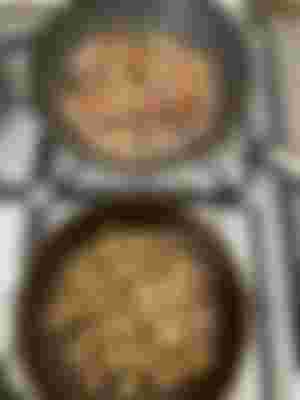
So I did - mainly in stews and bigos, where they blended with other ingredients so well that I couldn't taste them. Soups were my least favourite to eat though. I mean, I loved the taste of it, just not the chunks of mushrooms between my teeth. They were slimy and felt like I accidentally put a snail in my mouth!
Not a plant nor an animal
Mushrooms are truly fascinating organisms. Many people call them vegetable, although they belong to the kingdom of their own and that is FUNGI. Fungi is neither plant nor animal food.
A mushroom is the reproductive structure produced by some fungi. It is somewhat like the fruit of a plant, except that the "seeds" it produces are in fact millions of microscopic spores that form in the gills or pores underneath the mushroom's cap. The spores blow away into the wind. If they land on a suitable substrate (such as wood or soil) spores will germinate to form a network of microscopic rooting threads (mycelium) which penetrate into their new food source. Unlike the mushroom, which pops up then passes away quickly, the mycelium persists, often for many years.
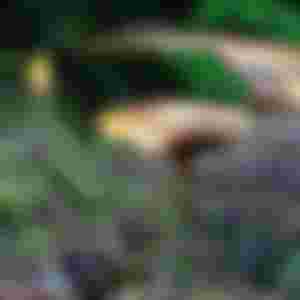
Another interesting thing is the way mushrooms obtain nutrients, which is unlike plants (photosynthesis) or animals (digestion).
Fungi do neither: their mycelium grows into or around the food source, secretes enzymes that digest the food externally, and the mycelium then absorbs the digested nutrients.
The great recyclers and tree helpers!
While obtaining the nutrients the way they do, they also help the environment around it, as they are capable of breaking down wood, dead plant and animal matter into the components of our forests soils. By now we all know that composting is great for our environment. It wouldn't be possible without the help of mycelium.
The mushrooms were here, on Earth before the trees, but once trees arrived, mushrooms help them along their journey.

They can form a beneficial partnerships with trees, whereas mycelium weaves itself around their roots and creates fungus-root called mycorrhiza. It's a symbiotic relationship where both parties help each other by delivering water and nutrients required to thrive.

It's not all nice and dandy though. One species of mushrooms, going by the common name 'honey mushroom' have been found to cause a root disease in conifers.
The movie stars!
Fun fact - did you know that in the newest Star Trek series - 'The Discovery', the crew of a space ship is traveling in an instant across the galaxies and time on a mycelium network? They even call it a 'SPORE DRIVE'.
I never used to be a fan of science-fiction. Not until I realised that science is truly fascinating. Mobile phones were once a science fiction, yet these days we can't imagine our lives without them. Most science-fiction movies will one day become reality, although not all of us might live long enough to experience it.

Fun fact number 2: While doing my mycelia research I came across a crypto wallet called Mycelium Wallet. Not tried or tested, but it's fascinating to see how fungi have weaved their influence pretty much everywhere!
Bread, cheese, beer, spirits, kombucha, meds - all thanks to FUNGI
Yeast is an example of fungi, which allows both - liquid and solid fermentation. We discovered it 1000's of years ago and have since used in the production of food across the world. In the recent centuries we also harnessed the power of fermentation in production of medication, bio-based fuels and fragrances. Liquid fermentation is a 150 billion-dollar industry according to some sources.
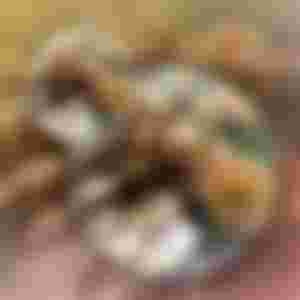
They are our future!
Mycelium networks are already being used to produce alternatives for polystyrene and plastic packaging. Not sure about it? Check how it works HERE. It's truly fascinating. Real leather can also now be grown using mycelia as well as various self-repairing structures.

Research on mycelium is accelerating as we start to realise the incredible potential for advancement with the help of these microscopic creatures. Mycelium grows really fast and once the network is completed it can then concentrate on production. Mature mycelium network can produce around 1kg of mushrooms per week. Scientists all-over the globe are researching ways of 'harvesting' the production power of it.

Imagine the world where smelly, environment destructing factories are replaced by green, mycelium-based factories that coexist with Earth rather than destructing it? That's a dream I am willing to get old and wrinkly to be able to see.
Lastly - they really are healthy!
They're full of vitamins, minerals and antioxidants.
Surprising ones I might add. Like choline for example, which is an antioxidant. Citicoline is one of the newest supplements I have added to my cupboards this year. It helps with a transition of nerve impulses and I added it for the effect it has on learning and memory. Who would have thought that the same choline can be found in my beloved mushrooms?

They are also a source of:
B vitamins (B2, B3, folate, B5)
Iron
Vitamin C
Choline.
Vitamin D creation in mushrooms is quite interesting.
Mushrooms contains a substance called ergosterol, similar in structure to cholesterol in animals. Ergosterol can be transformed into vitamin D with exposure to ultraviolet light.
What this means is that if mushrooms were exposed to the sunlight while they were growing (like wild chanterelles or porcini's), they will have a higher content of vitamin D in them, while those purchased in store (white buttons, shiitake, oyster) are often grown without the sunlight, which makes them much less desirable as a source of vitamin D. Still, they are the only vegan, nonfortified dietary source of this vitamin. Wild mushrooms tend to keep a nice dose of vitamin D when dried and stored in a dark, cool place for up to half a year.

Truth be told - I only wanted to flex my pictures of mushrooms in this article. As I researched one and another thing about mushrooms I was fascinated by the information I have found, so I followed down the rabbit hole. I must say I love them even more after writing this article.
Hopefully next time you come across a mushroom during your walk, you too will look slightly differently at these incredible organisms.

Until next time 💙

My other social media accounts:
Noise APP, Old Noise, Twitter, Hive, APPICS, Torum
Other ways I'm earning crypto:
SWEAT, Overline Land NFT, DogeShiba NFT, BlockNG, Splinterlands, Bee Mining, Coin Mining
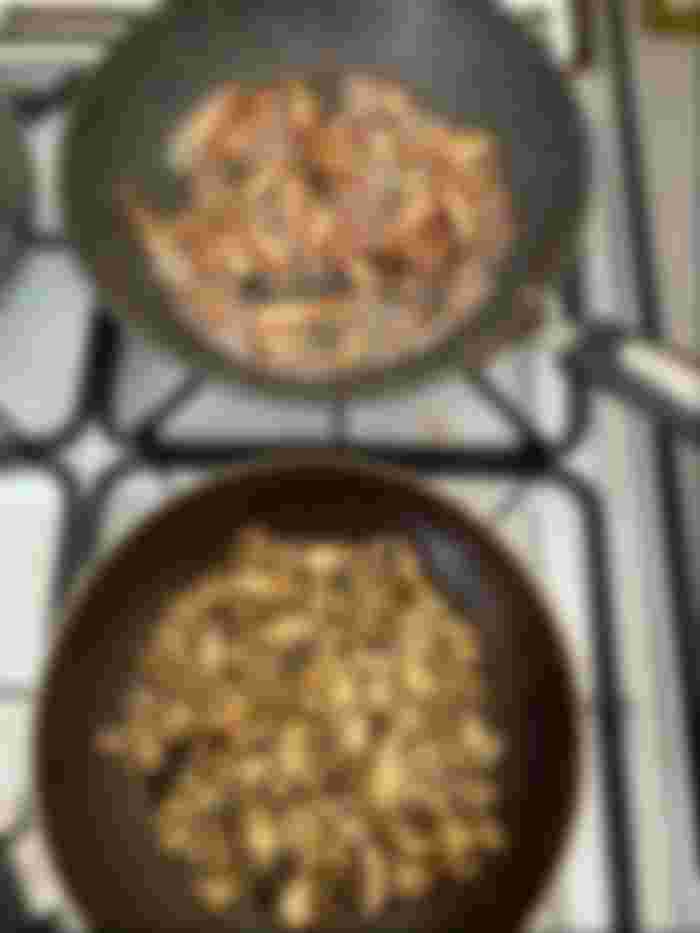


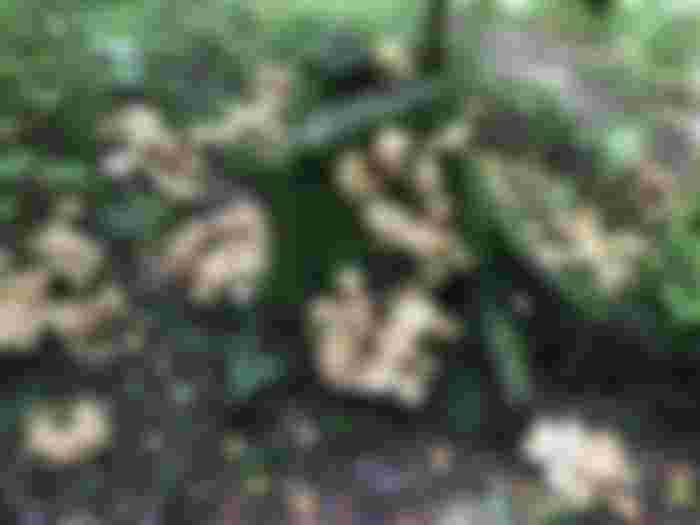
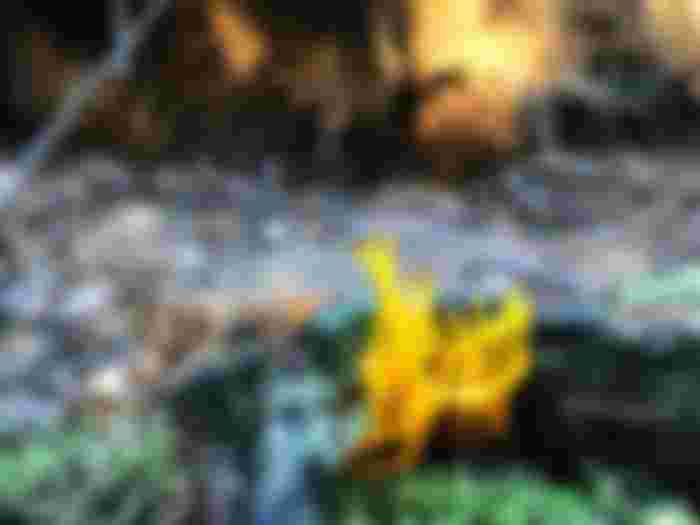
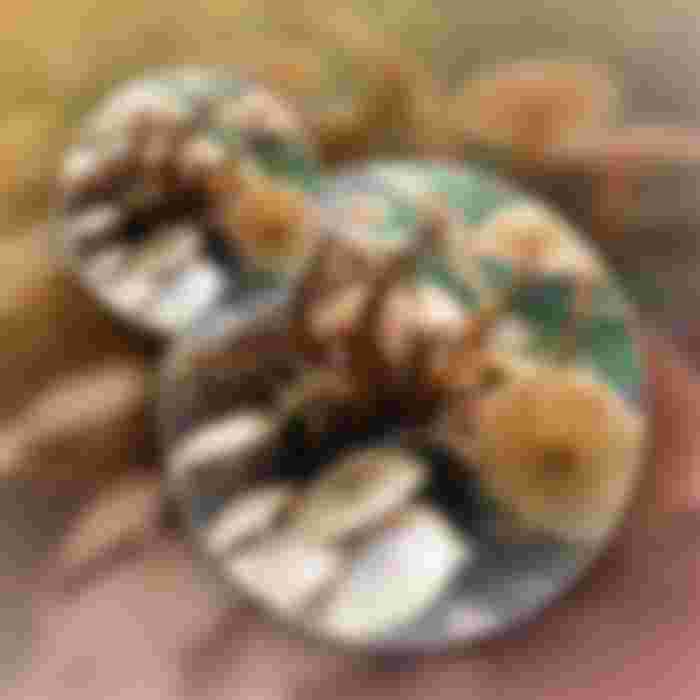
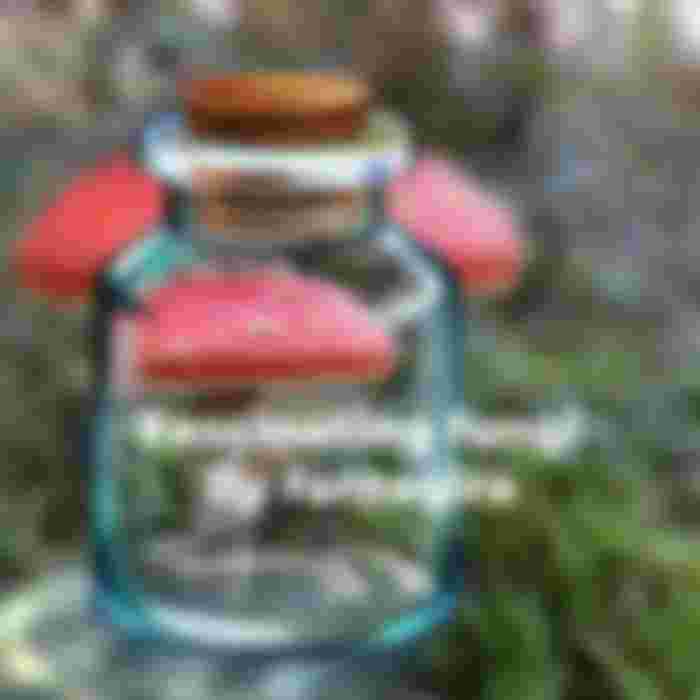
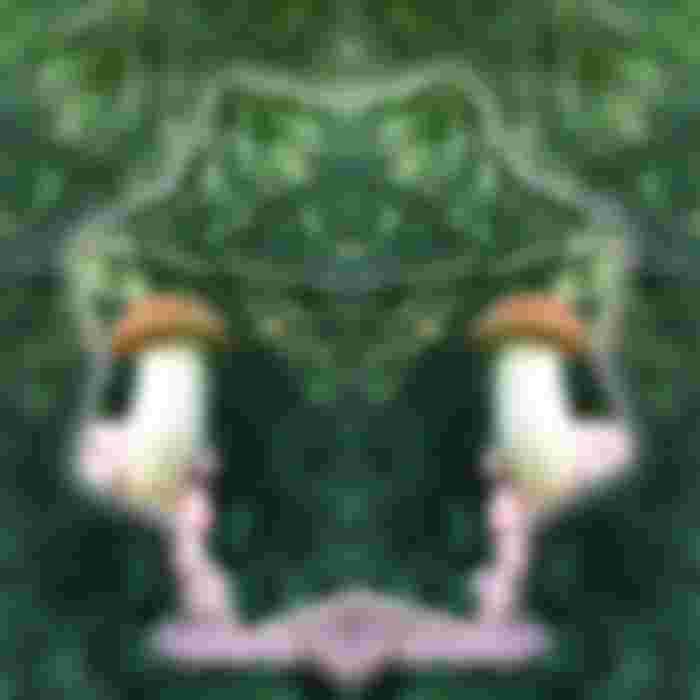



Yes indeed mushrooms are good. Interesting fact I mushroom hunt in the spring for mushrooms. They call them moral mushrooms here. Oh much better than the ones you by at the store imo